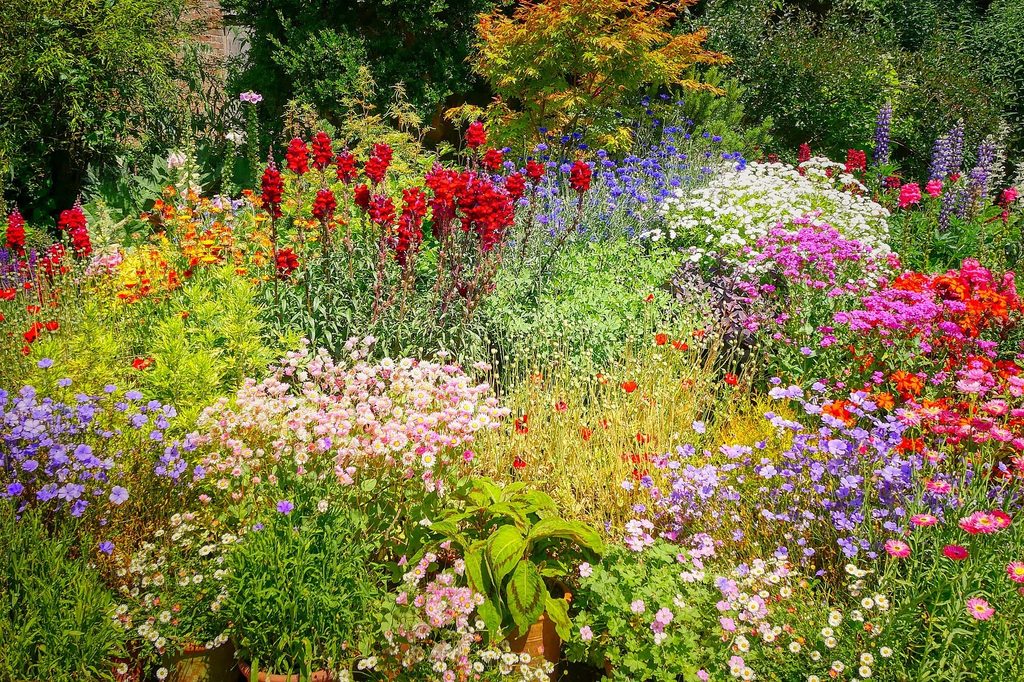
There are so many classic garden flowers that you can add to your garden, and they’re lovely. However, after you’ve grown them a few times, you might find yourself craving something more exciting. If you’re tired of roses and tulips, why not give one of these unique flowers a try? Each one has something that sets it apart from other flowers, making them a delightful addition to all sorts of homes and gardens. So enjoy planting and growing these incredible, unique flowers for yourself!
Beach spider lily
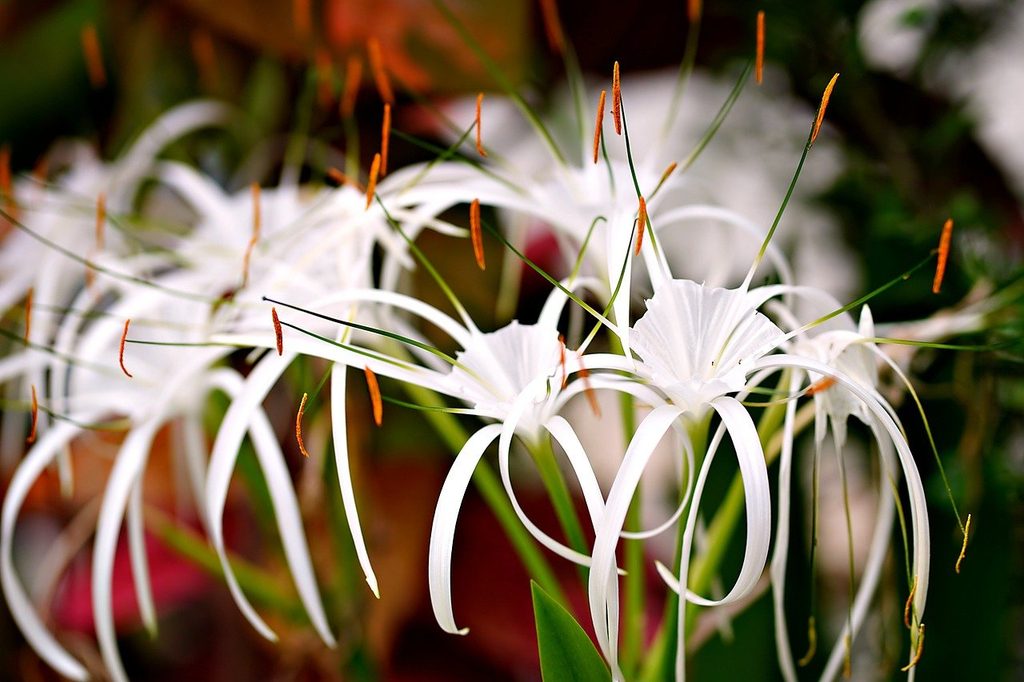
Beach spider lilies, like red spider lilies, are not actually related to lilies. It’s in the amaryllis family. Beach spider lilies, Hymenocallis littoralis, have beautiful white blooms with long, curving petals that drape down the side of the stem. The flowers are attractive to pollinators, including hummingbirds.
These flowers prefer full sun, well-draining soil, and semi-regular waterings. You can give them a balanced fertilizer during summer to boost their growth, which is particularly useful if you choose to grow your beach spider lily as a houseplant. Just be sure to keep it warm, as beach spider lilies are tropical plants.
Starflower pincushion
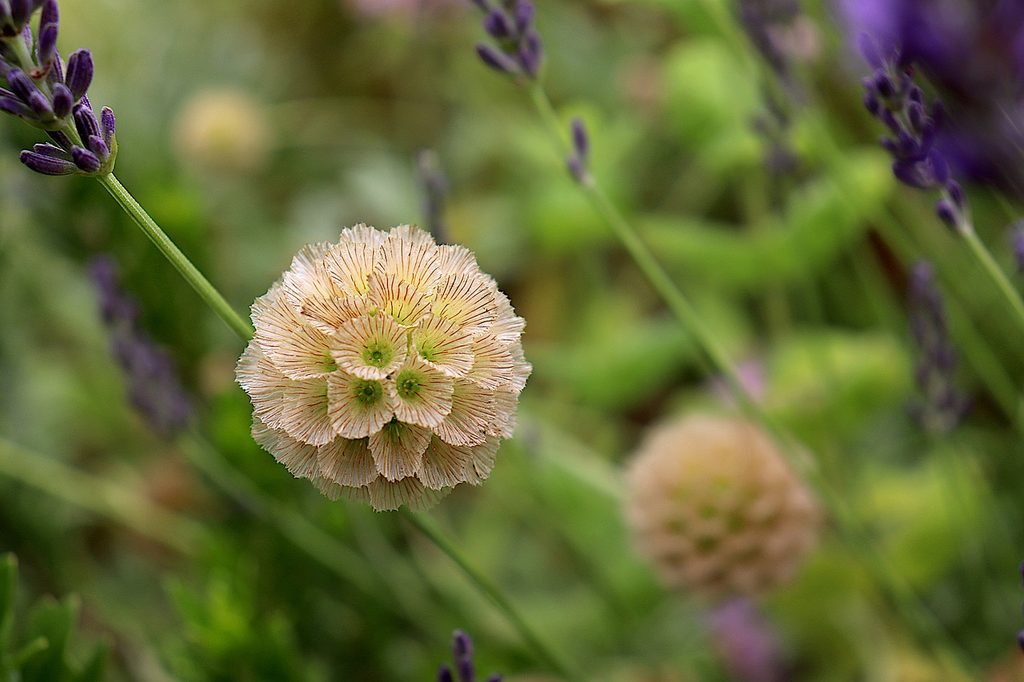
Scabiosa stellata, or starflower pincushions, are charming flowers with pale blue outer petals and smaller white centers. However, their flowers aren’t the only reason gardeners plant these unique flowers. After the flowers fade, they leave behind a delightful seed head made of papery star-shaped cups. These seed heads make a fantastic addition to cut flower displays, but they can also provide interest to a garden.
To grow these annuals, start the seeds indoors and transplant them into your garden after the last frost has passed. Choose a planting site in full sun with well-draining soil, and water your starflower pincushions regularly.
Bee orchid
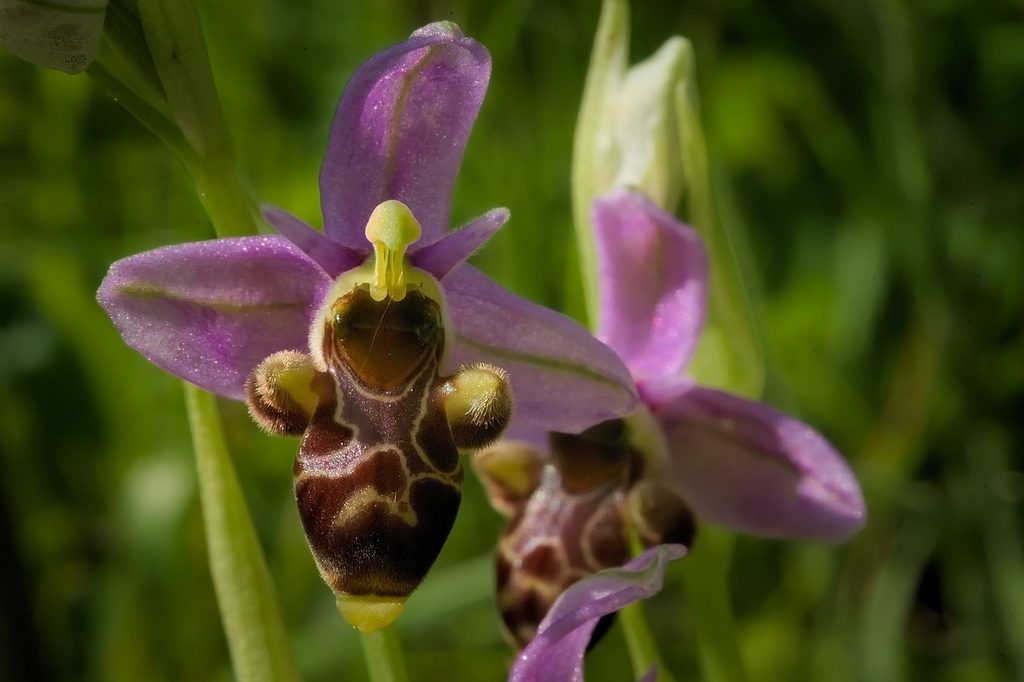
Bee orchids are a delightful and uncommon orchid native to the grasslands of Europe. The name comes from its unique flower shape, which has a fuzzy lump in the middle of the bottom petal. This lump is patterned like a female bee, which attracts male bees to pollinate the flower.
If you want to grow this orchid, you’ll need to be patient. It can take a few years for bee orchids to reach their full height. Plant them in rich, well-draining soil and full sun to partial shade. They need semi-regular watering or rainfall in order to thrive.
Ageratum
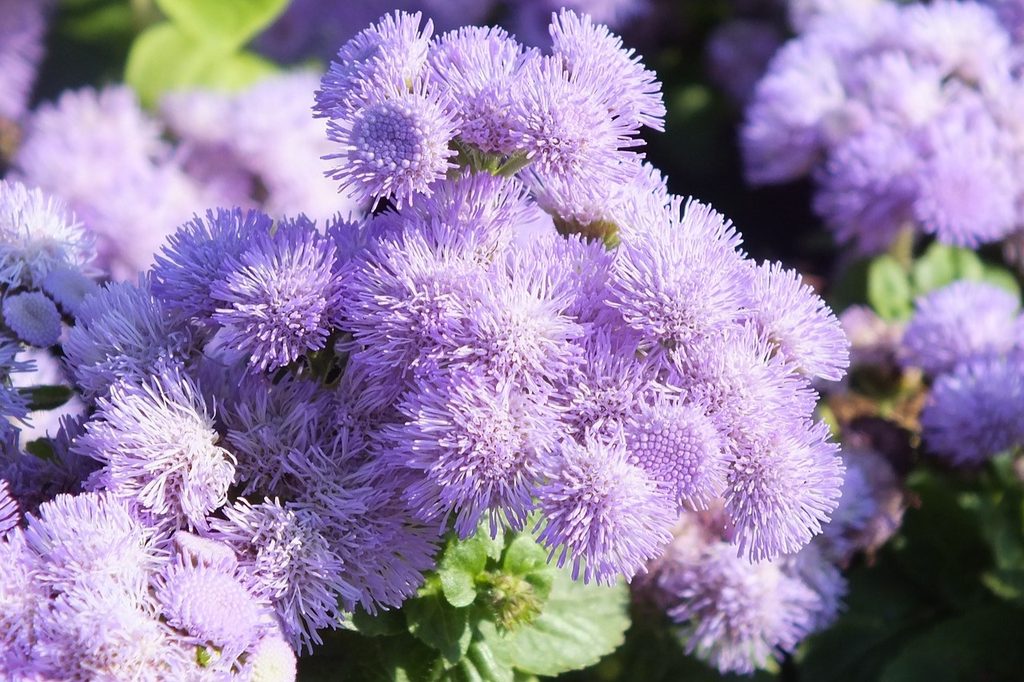
Ageratum is a member of the aster family, native to Central America and the southern parts of North America. It grows in small mounds of brightly colored flowers with a unique fluffy texture to them. Ageratum grows best in full sun, but it can tolerate some shade. However, it becomes leggy and grows fewer flowers if it doesn’t get enough sun.
Ageratum does appreciate regular watering. It is a tender perennial, so if you live north of zone 10 you’ll need to grow ageratum in a container or as an annual.
These unique flowers are a great way to add extra interest to your garden or home. Whether you plan on growing just one of these on its own or making it the centerpiece of your entire garden, these flowers are delightful and exciting. Now you have more options to expand your plant collection! We hope you’ll enjoy growing these unique flowers.


